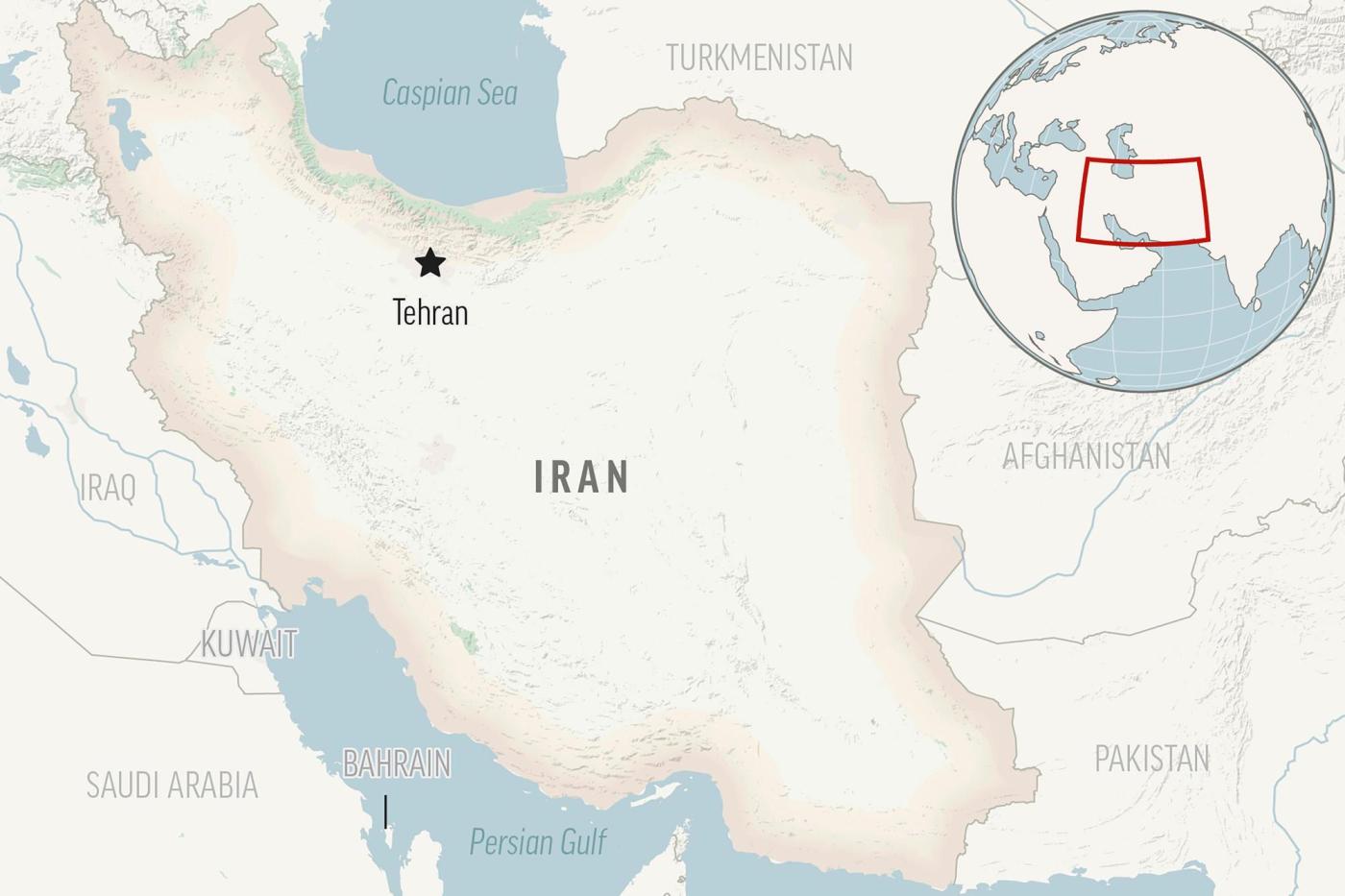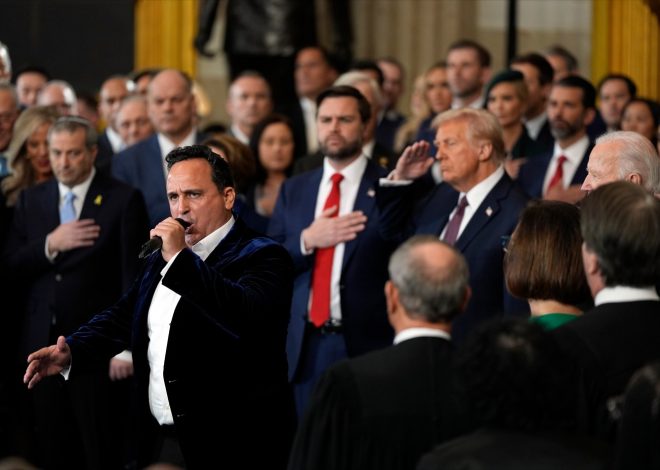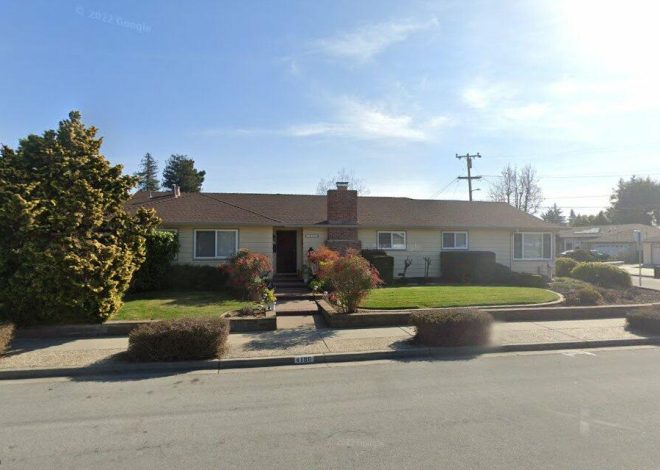
Iran’s currency falls to an all-time low as Trump is on the verge of clinching the US presidency
By AMIR VAHDAT and NASSER KARIMI, Associated Press
TEHRAN, Iran (AP) — Iran’s currency fell on Wednesday to an all-time low as former President Donald Trump was on the verge of clinching the U.S. presidency again, signaling new challenges ahead for Tehran as it remains locked in the wars raging in the Middle East.
The rial traded at 703,000 rials to the dollar, traders in Tehran said. The rate could still change throughout the day. Iran’s Central Bank could flood the market with more hard currencies as an attempt to improve the rate, as it has done in the past.
The slide comes as the rial already faces considerable woes over its sharp slide in value — and as the mood on the streets of Tehran among some darkened.
“One-hundred percent he will intensify the sanctions,” said Amir Aghaeian, a 22-year-old student. “Things that are not in our favor will be worse. Our economy and social situation will surely get worse.”
He added: “I feel the country is going to blow up.”
In 2015, at the time of Iran’s nuclear deal with world powers, the rial was at 32,000 to $1. On July 30, the day that Iran’s reformist President Masoud Pezeshkian was sworn in and started his term, the rate was 584,000 to $1.
Trump unilaterally withdrew America from the accord in 2018, sparking years of tensions between the countries that persist today.
Iran’s economy has struggled for years under crippling international sanctions over its rapidly advancing nuclear program, which now enriches uranium at near weapons-grade levels.
Pezeshkian, elected after a helicopter crash killed hard-line President Ebrahim Raisi in May, came to power on a promise to reach a deal to ease Western sanctions.
However, Iran’s government has for weeks been trying to downplay the effect on Tehran of whoever won Tuesday’s election in the United States. That stance continued on Wednesday with a brief comment from Fatemeh Mohajerani, a spokeswoman for Pezeshkian’s administration.
”The election of the U.S. president doesn’t have anything specifically to do with us,” she said. “The major policies of America and the Islamic Republic are fixed, and they won’t heavily change by people replacing others. We have already made necessary preparations in advance.”
But tensions remain high between the nations, 45 years after the 1979 U.S. Embassy takeover and 444-day hostage crisis that followed.
Iran remains locked in the Mideast wars roiling the region, with its allies battered — militant groups and fighters of its self-described “Axis of Resistance,” including the militant Palestinian Hamas, lebanon’s Hezbollah and Yemen’s Houthi rebels.
Israel is pressing its war in the Gaza Strip targeting Hamas and its invasion of Lebanon amid devastating attacks against Hezbollah. At the same time, Iran still appears to be assessing damage from Israel’s strikes on the Islamic Republic on Oct. 26 in response to two Iranian ballistic missile attacks.
Iran has threatened to retaliate against Israel — where U.S. troops now man a missile defense battery.
Mahmoud Parvari, a 71-year-old taxi driver in Tehran, did not mince his words when discussing Trump.
“I feel like I’m seeing the devil,” he said. “He looks like Satan, his eyes are like Satan and his behavior is like a mad man.”
But another taxi driver, who only gave his last name as Hosseini, offered a more pragmatic view.
“If it helps my country I would definitely” make a deal with Trump, he said. “It doesn’t matter if it’s Trump or anyone else. After all he is a human being.”
Associated Press writer Jon Gambrell in Dubai, United Arab Emirates, contributed to this report.


